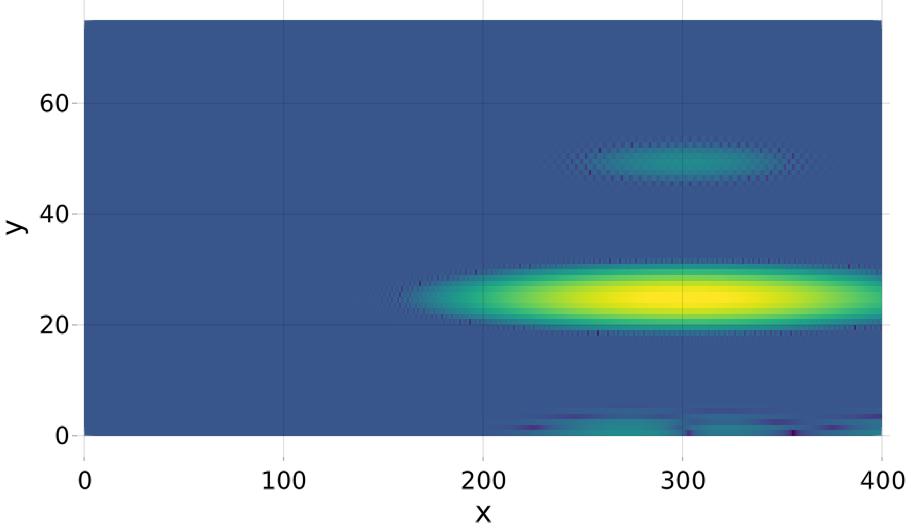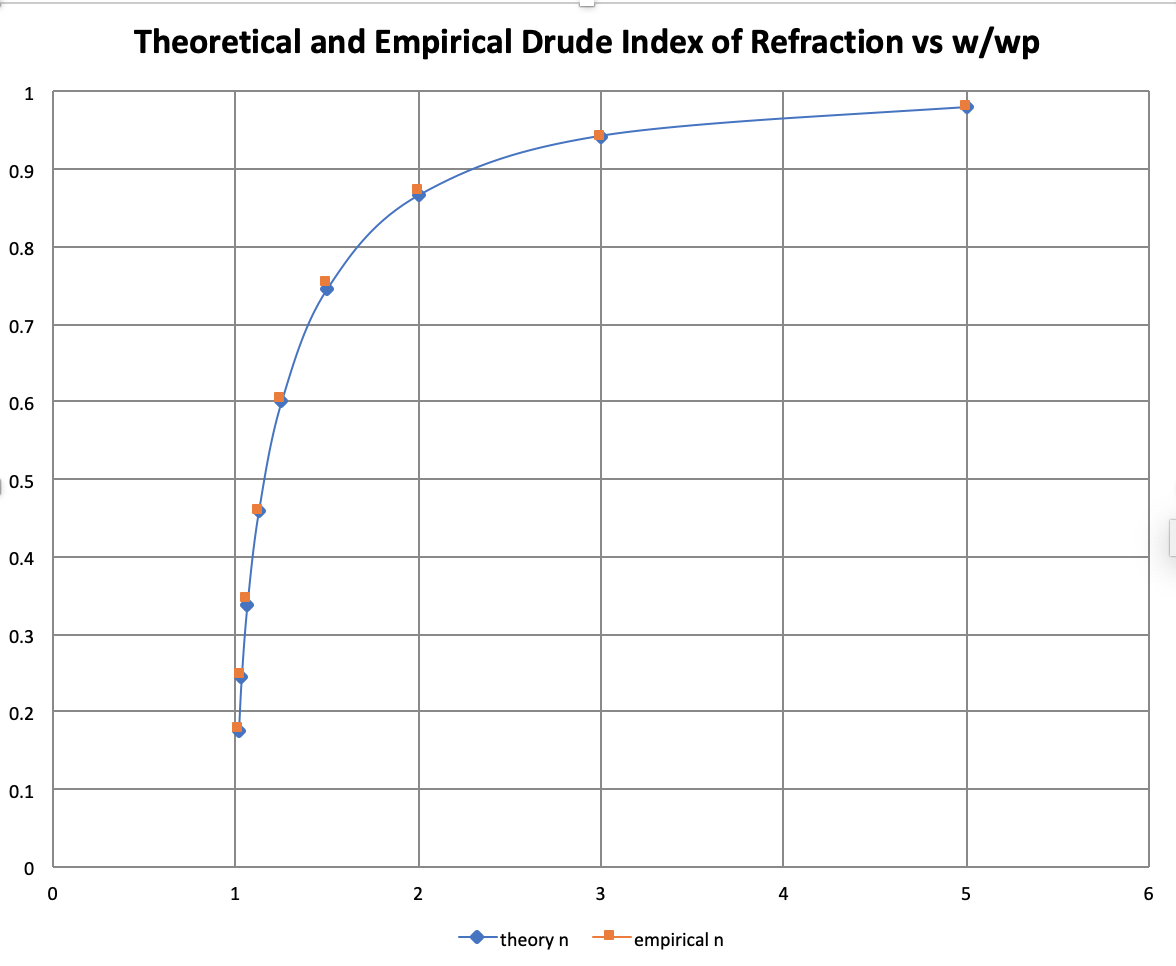Metamaterial ElectroMagnetic Emulator
MEME directly simulates the time evolution of Maxwell's equations, and other equations of motion for materials like (but not limited to!):
- Harmonic oscillation of a Lorentzian dielectric (effective for insulators)
- Flow of current in a Drude Metal
MEME is built on many other amazing packages in the Julia ecosystem. It's incredible speed is due to CUDA.jl. Graphical analysis is easy with Makie.jl. All quantities, even those used in GPU kernels, have units attached thanks to Unitful.jl. This means you can input physical quantities in the units of your choice and make measurements that automatically have useful units. It has been indispensable for development because it ensures all formulae are consistent (it would error for 1m + 1s).
This is an active, but early stage project. If you're interested in simulating electromagnetics a few orders of magnitude faster than on a CPU, stay tuned.
Rather than assuming any forms for nonlinear effects, MEME directly simulates their emergence. For insulators, anharmonic potentials can be used to produce second harmonic responses (SHG). For metals, simulation of current flow using the cold plasma equations can accurately predict SHG (Liu et al).
Currently the behavior has been implemented and validated only for insulators. For metals, a linear response is implemented and validated. There is not yet a working solution for the continuity equations of current. As such, charge may not be conserved using the linear model for asymmetric structures.
Here are three simple simulations which show this is going in the right direction.
-
examples/thin_lens.jlLight being focused by a lens. Video link. -
examples/oscillator_1d.jlA 1D simulation of a Gaussian pulse hitting an insulator with an anharmonic binding potential for charges. This spectrogram shows SHG.
-
examples/oscillator_1d.jl1D simulation of monochromatic light hitting a vacuum/metal interface. This shows the expected dispersion relationship for a Drude metal.
I'm excited to share the functional core and some peripheral tools, but it's far from something I can recommend using right now. That said, Atom and the Juno IDE allow for an interactive usage which makes it feasible, but more of a "notebook" programming experience.